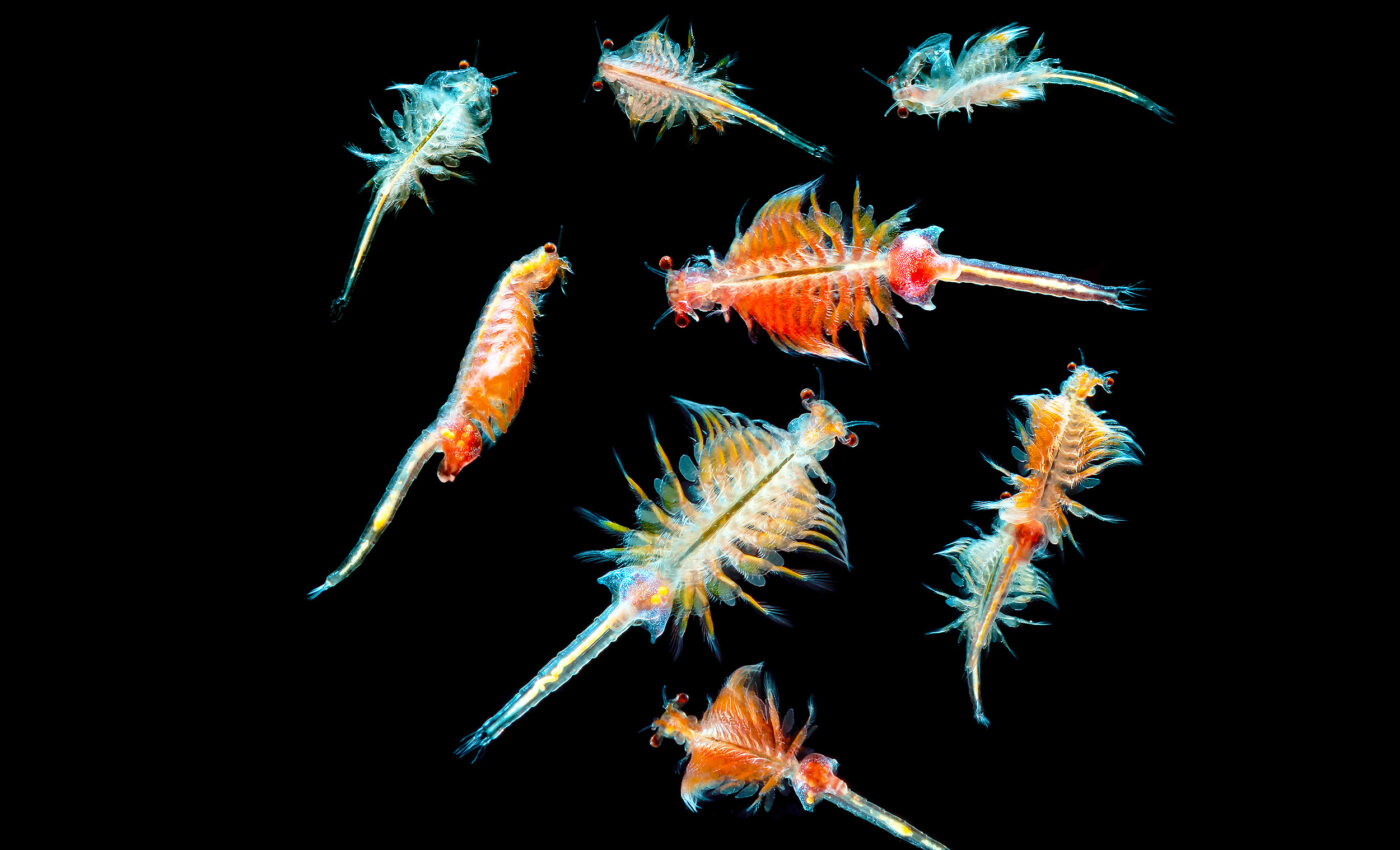
Plankton, tiny ocean creatures, are absolutely critical to life on Earth
Recent research has shed light on the pivotal yet often underestimated role that tiny ocean plankton, measuring less than 0.02 millimeters in diameter, play in maintaining the health of our planet and life on Earth.
These microscopic organisms constitute the bulk of plankton populations in the ocean, performing essential functions within marine ecosystems.
Tiny plankton: The ocean’s invisible giants
Despite their significance, the small size of ocean plankton has made them challenging to identify and monitor, leading to their neglect in global ocean policy discussions.
This important study marks one of the initial efforts to comprehensively assess the abundance and ecological importance of these minute marine inhabitants along the UK coastline.
Thanks to advancements in technology around 2010, scientists have now begun to uncover the vast presence and critical role of these organisms.
Astonishingly, some findings reveal that up to 99.98% of ocean plankton abundance and 71% of its biomass stem from these diminutive beings.
Moreover, the research highlights their vulnerability to ocean temperature fluctuations, nutrient changes, and broader environmental shifts resulting from climate change.
Technology and the discovery of tiny titans
The study brings together expertise from the UK’s foremost plankton scientists, employing sophisticated surveying and identification methods.
Dr. Abigail McQuatters-Gollop, the study’s lead author and an Associate Professor of Marine Conservation at the University of Plymouth, emphasized the enormity of the task at hand.
“Identifying something that measures 0.02mm in the ocean is an immense challenge,” she remarked, underlining the critical ecological role these organisms play.
They are foundational to the marine food web and vital for oxygen production, yet they remain largely unrecognized and undervalued in environmental policy discussions.
From macro to micro monitoring
Historically, larger ocean plankton species have been the focus of ecosystem productivity and biodiversity monitoring.
However, over the past 14 years, four UK plankton surveys have expanded their scope to include these tiny plankton.
Utilizing technologies like flow cytometry and light microscopy, researchers have now documented their abundance and investigated their response to environmental changes, particularly along the English Channel and Scottish coast.
Government policy and conservation efforts
The team’s findings advocate for the inclusion of tiny plankton groups in biodiversity indicators for policy frameworks such as the EU Marine Strategy Framework Directive (MSFD), OSPAR strategies, and the UK Marine Strategy.
They argue for the necessity of long-term monitoring across various locations to ensure policy decisions are informed by comprehensive and accurate data.
Dr. Rowena Stern, co-lead of the study and a CPR Research Fellow at the Marine Biological Association (MBA), highlighted the methodological breakthroughs enabling this research.
“By taking consistent, long-term measurements, we’ve connected these tiny plankton to meaningful indicators for policy use, mapping their growth patterns against human-driven environmental pressures,” she explained.
What the future holds for ocean plankton
In summary, this important study highlights the crucial yet often overlooked role of microscopic ocean plankton in marine ecosystems, revealing their vast abundance and significant contributions to ocean health and global environmental stability.
By leveraging advanced technologies and collaborative research efforts, scientists have underscored the need to integrate these tiny organisms into global ocean policy and conservation strategies.
The findings advocate for enhanced monitoring and the inclusion of microscopic plankton in biodiversity indicators, ensuring policy decisions are informed by comprehensive, accurate data.
Ultimately, this research calls for a paradigm shift in marine conservation, highlighting the importance of recognizing and protecting the foundational role of the ocean’s silent majority in sustaining life on Earth.
The full study was published in the journal Ecological Indicators.
—–
Like what you read? Subscribe to our newsletter for engaging articles, exclusive content, and the latest updates.
—–
Check us out on EarthSnap, a free app brought to you by Eric Ralls and Earth.com.
—–













